
For hundreds of years, yoga has been described because the union of physique, thoughts, and soul. From this definition, we are able to perceive a lot about yoga asanas by focusing first on the “physique” the first device in any asana apply.
On the bodily stage, an asana entails particular actions and postures that stretch and strengthen the physique, enhance flexibility, assist therapeutic, and improve general well-being.
But the that means of yoga asanas goes far past the bodily.
The physique is only a device utilized in asanas, and the instruments are all the time used to realize one thing large we are able to’t do by regular means.
Via regular, conscious apply, asanas assist nonetheless the physique so the thoughts can even discover stability and calm.
Leap to Part
- What’s Yoga Asana?
- Yoga Poses Classification [infographic]
- Historical past of Yoga Poses
- Origin of Yoga Poses
- How Many Yoga Asanas Are There?
- Why 84 Asanas?
- Advantages of Yoga Poses
What’s yoga asana?
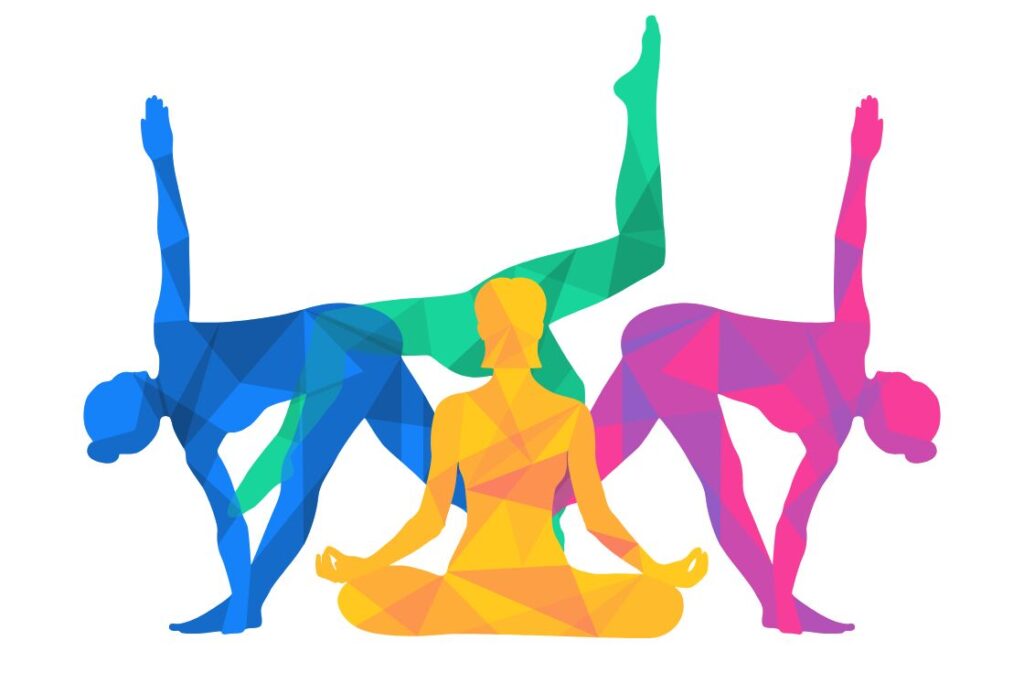
The Sanskrit phrase asana comes from the basis time period asi, that means “to be” or “to take a seat.” In its easiest sense, an asana is a seat, pose, or posture whether or not sitting, standing, twisting, or bending. Nonetheless, not each posture is taken into account a yoga asana.
A yoga asana is a particular bodily posture practised with full consciousness. It requires partaking sure components of the physique whereas directing the thoughts’s focus fully into the pose.
In yoga, consciousness is the essence of the apply with out it, the motion is simply train.
Yoga asana & raja yoga
In Patanjali’s Raja Yoga, asana is the third stage of the Eight Limbs of Yoga; a progressive path that results in samadhi (the state of pure bliss). The sequence is:
- Yama (Social Ethics)
- Niyama (Observances)
- Asana (Bodily Posture)
- Pranayama (Respiration strategies)
- Pratyahara (Turning Inward)
- Dharana (Focus)
- Dhyan (Meditation)
- Samadhi (Pure Bliss)
Based on Patanjali, an asana is primarily a secure, snug seat (reminiscent of Padmasana or Sukhasana) that helps extended meditation. It’s the stability level between effort and ease regular but relaxed.
In Hatha Yoga, nevertheless, the method differs barely. Earlier than practising asanas, one is inspired to first carry out Shatkarma (six physique purification strategies) to organize the physique and thoughts.
Yoga asana vs primary physique place
Have you ever ever seen your posture while you’re merely standing, sitting, or mendacity in mattress? More often than not, most likely not.
In distinction, when you find yourself in a yoga pose, there’s a acutely aware consciousness of being in that posture.
Take the instance of mendacity down whereas sleeping versus mendacity in Shavasana. Bodily, the physique could look comparable in each conditions. However after an intense yoga session, while you relaxation in Shavasana, your respiratory sample, psychological state, and general expertise are utterly completely different from these throughout sleep.
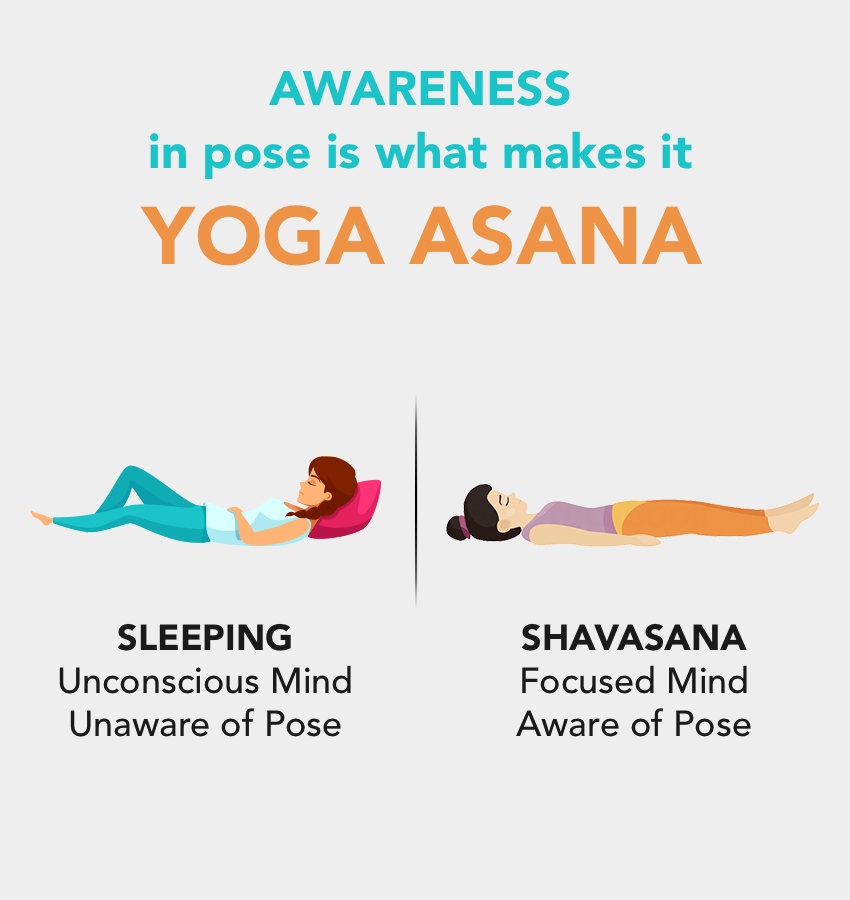
The reason being easy: in a yoga asana, the physique and thoughts are engaged with full consciousness. You consciously sense your whole physique even its subtlest actions. When the thoughts is wholly conscious of the physique, it leaves no area for wandering ideas. That is the interior mechanism at work in each yoga asana.
How asana efforts are now not efforts
To start with, each yoga asana requires acutely aware effort each to enter the pose and to stay absolutely current in it. This preliminary effort is necessary as a result of it attracts the thoughts’s consideration to a single level: the posture itself, reasonably than permitting it to wander.
For instance, evaluate merely sitting on a chair with practising Utkatasana (Chair Pose).
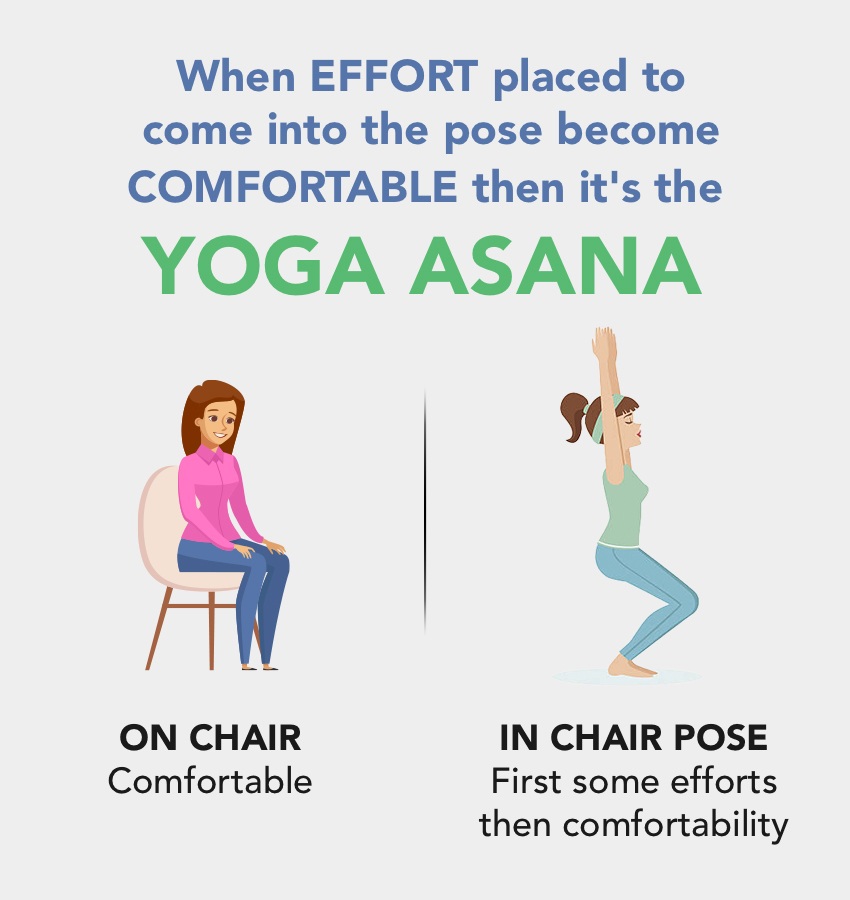
When performing chair pose, you:
- Bend the knees
- Deliver the thighs parallel to the bottom
- Maintain the place for a time frame
The aim of this effort is to not obtain an ideal picture of the pose saved in your thoughts, however to have interaction the physique in such a means that it naturally calls the thoughts to focus. As your knees and thighs really feel the work being achieved, your consideration instinctively settles on that sensation.
This targeted consciousness turns into the bridge between physique and thoughts. As soon as the thoughts is absolutely absorbed within the posture feeling and observing with out distraction the bodily effort now not seems like effort. The asana transforms into a gentle, easeful state, as described within the yogic precept: Sthira Sukham Asanam a posture that’s each secure and cozy.
How yoga asanas assist join the physique and thoughts
The interior journey by yoga asanas begins with the physique, strikes to the breath, after which reaches the thoughts. On this means, the apply connects the completely different power layers of our being.
The physique is essentially the most seen expression of the pure consciousness that resides throughout the chitta (thoughts in yogic philosophy). To expertise this consciousness, yoga asanas act as a bodily channel, permitting power to movement by the nadis the delicate power pathways within the physique.
When asanas are practised in concord with pranayama (breath management), we consciously direct prana the life drive into the precise type of the pose. At this stage, we start to achieve management over each physique and breath, guiding the movement of power with intention and consciousness.
Classification of yoga poses
Yoga poses (asanas) might be grouped into completely different classes based mostly on their bodily motion, posture kind, and energetic results. These classifications assist practitioners select sequences that stability power, flexibility, and interior calm.

1. Standing Poses
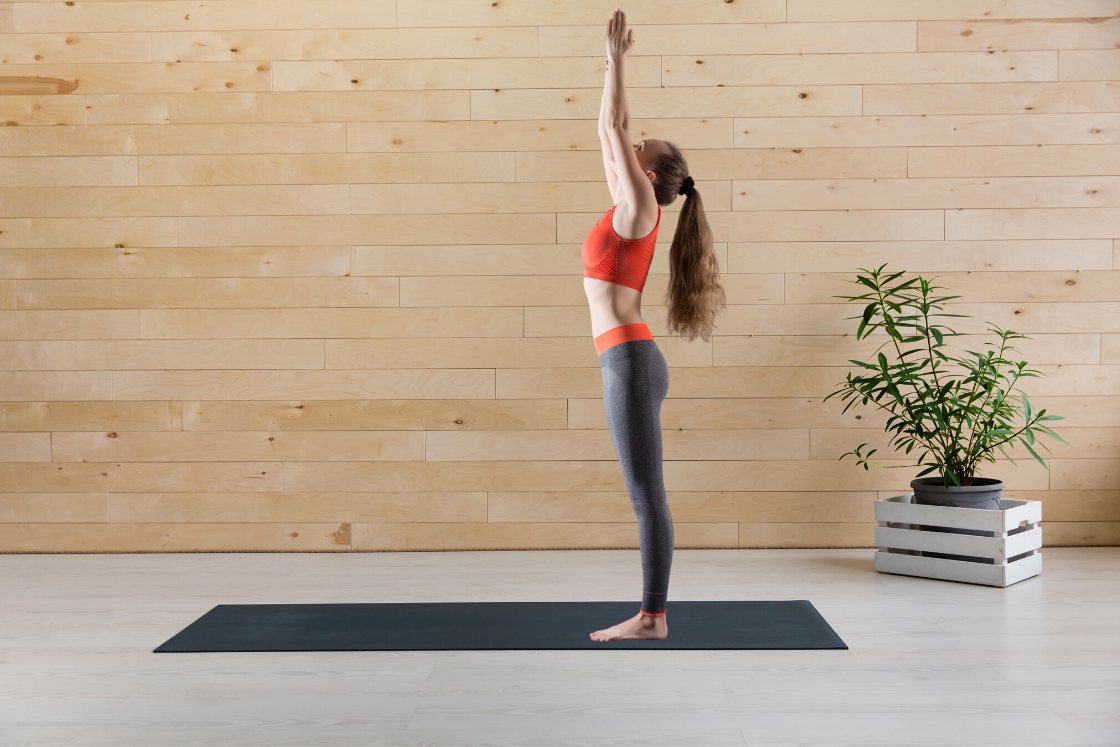
Standing yoga poses are postures the place the ft are firmly rooted to the bottom and the backbone is held upright. In these asanas, the power of the decrease physique helps motion and alignment within the higher physique. Most yoga classes start with the foundational standing posture Tadasana (Mountain Pose).
A robust and secure base is crucial for practising ahead bends, backbends, and twists successfully. Standing poses assist develop this base by strengthening the ft, ankles, and legs whereas bettering posture and stability. For this reason they’re typically known as the basis of yoga apply.
Frequent Standing Poses
One-Legged Standing Poses
These are additionally a part of balancing postures, requiring focus and coordination:
2. Sitting Poses
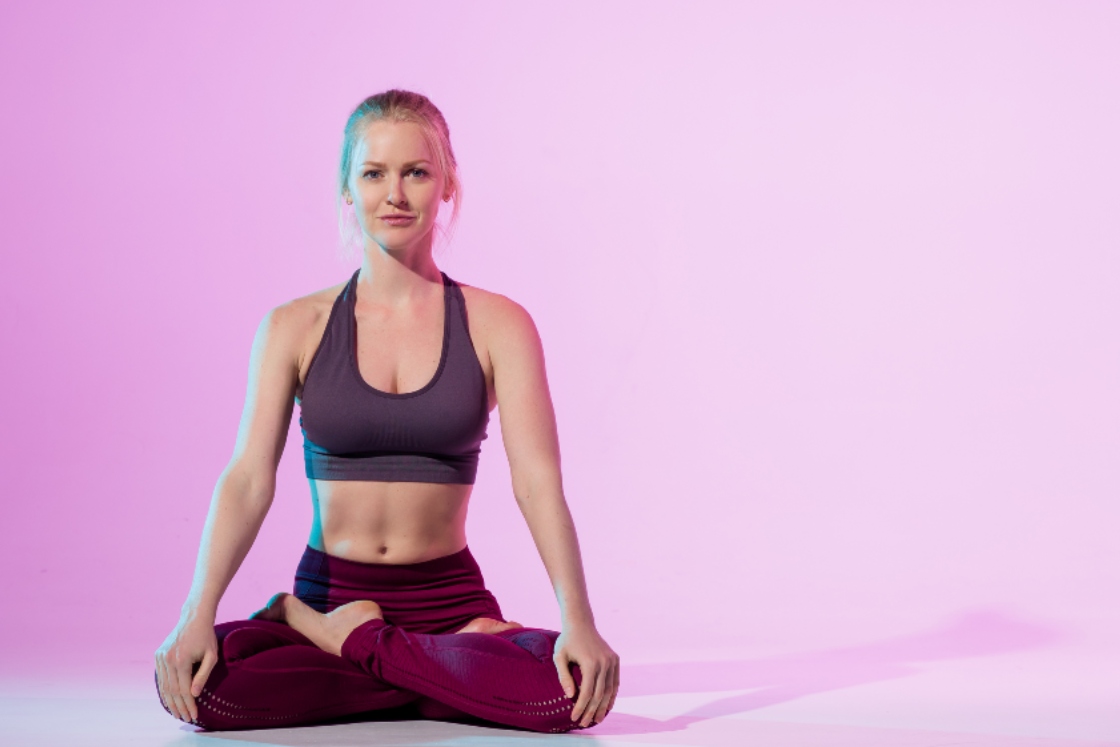
Sitting yoga poses are postures the place the load of the higher physique is supported by the buttocks reasonably than the ft. These poses typically kind the start line of a yoga class, as they encourage stillness and permit us to watch the physique’s sensations with quiet consideration.
Seated asanas are particularly suited to meditation as a result of they assist keep an erect backbone, preserving the physique alert and energetic throughout extended intervals of sitting. This upright but relaxed posture helps regular respiratory and targeted consciousness.
Frequent Sitting Poses
Frequent Seated Meditation Poses
3. Inclined Poses

Inclined yoga poses are carried out whereas mendacity on the abdomen, with the physique supported by the chest, stomach, and pelvis. These are typically known as reverse corpse poses as a result of they’re practised within the reverse place to Savasana.
Inclined poses are extremely efficient for firming the stomach organs, strengthening the again, and bettering posture. They will additionally assist flatten the abdomen and improve digestion. For freshmen, props reminiscent of a folded blanket might be positioned below the chest or brow for assist and luxury.
Frequent Inclined Poses
4. Supine Poses
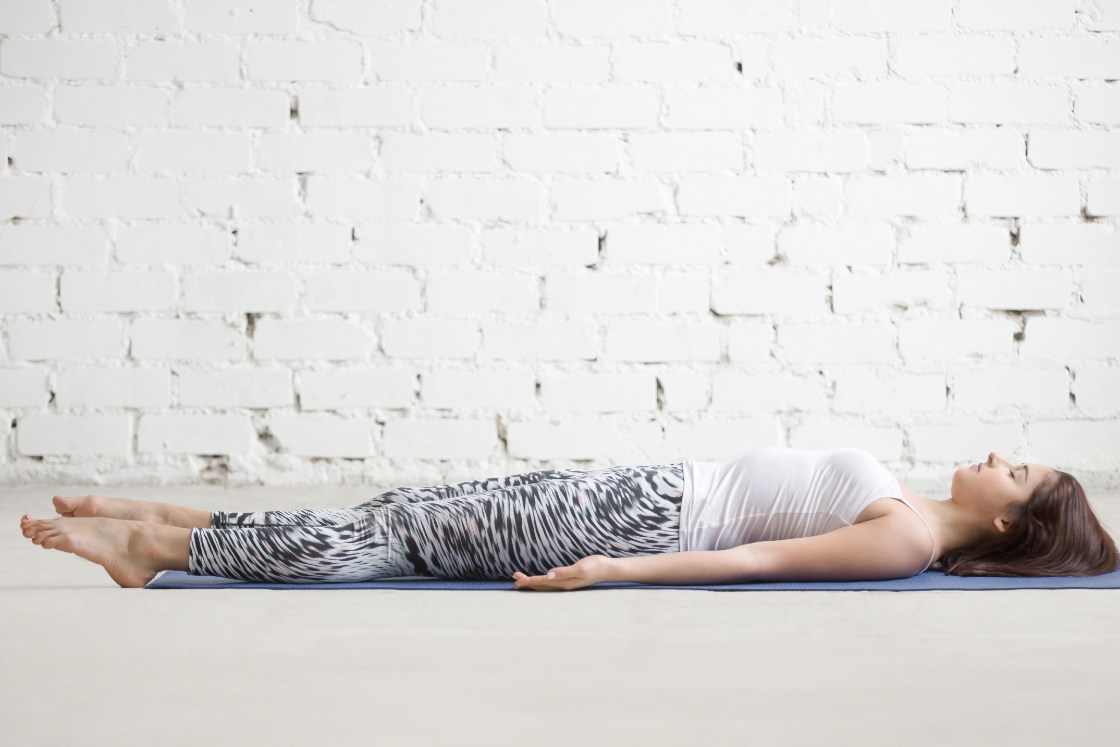
Supine yoga poses are the alternative of susceptible poses right here, the again rests on the bottom whereas the entrance of the physique faces upward. These postures typically require good spinal flexibility, so it’s useful to organize with light stretching earlier than making an attempt them, particularly at a newbie stage.
Supine poses are glorious for releasing rigidity from the backbone, calming the nervous system, and deeply enjoyable the physique. For this reason most intense yoga classes conclude with a supine posture reminiscent of Savasana (Corpse Pose), permitting the advantages of the apply to settle in.
Frequent Supine Poses
5. Balancing Poses
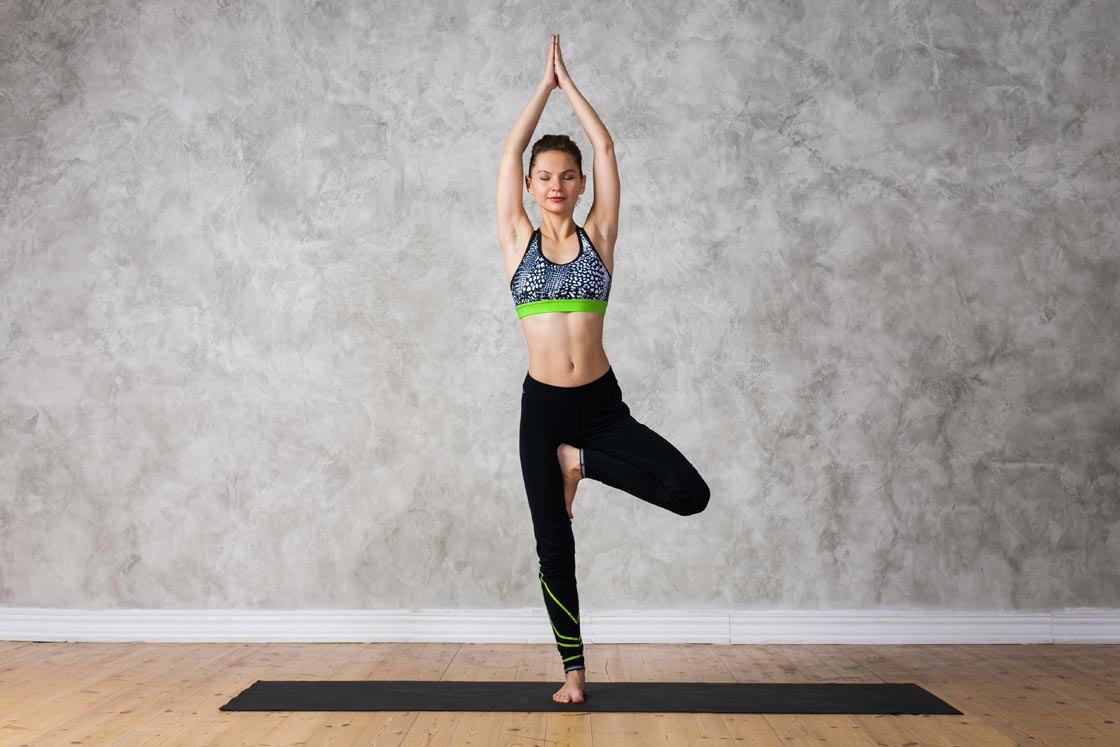
Balancing yoga poses are postures by which the physique’s weight is held in a particular place typically on the forearms, palms, or a single leg. These asanas demand a robust basis constructed by preparatory poses, in addition to constant apply over time.
To keep up stability in balancing postures, each bodily flexibility and psychological focus are important. A gradual gaze (drishti) and managed respiratory assist align the physique and calm the thoughts, permitting the pose to be held with ease.
Balancing poses might be present in varied classes, together with standing, seated, and inverted postures.
Frequent Balancing Poses
6. Twisting Poses
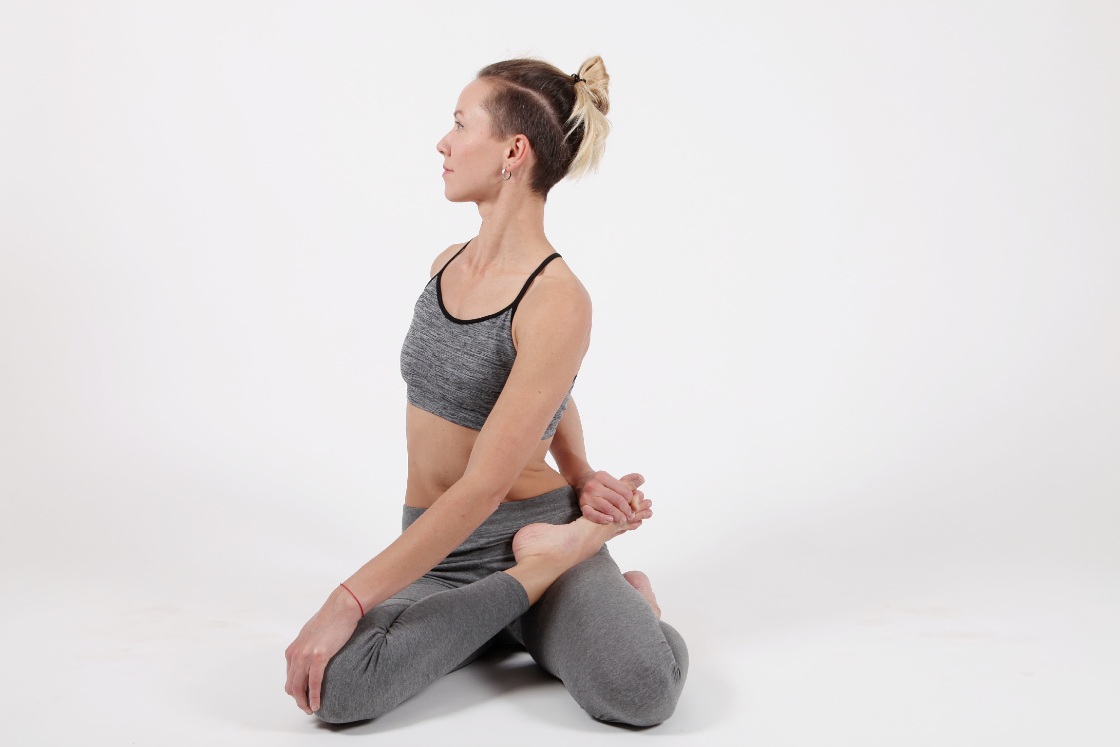
Twisting postures are these, by which the backbone has revolved round their central axis. It enhances the backbone’s pure vary of movement and firming up the stomach organs.
Additionally, twisting postures are practised together with intense ahead or backward bend to neutralize any blockages (if got here in ahead or backward bend) within the backbone.
Most Frequent Twisting Poses – Bharadvajasana, Noose Pose (Pasasana), Utthita Parsvakonasana (Revolved Aspect Angle Pose), Trikonasana (Triangle Pose), and so on.
7. Ahead Bend Poses
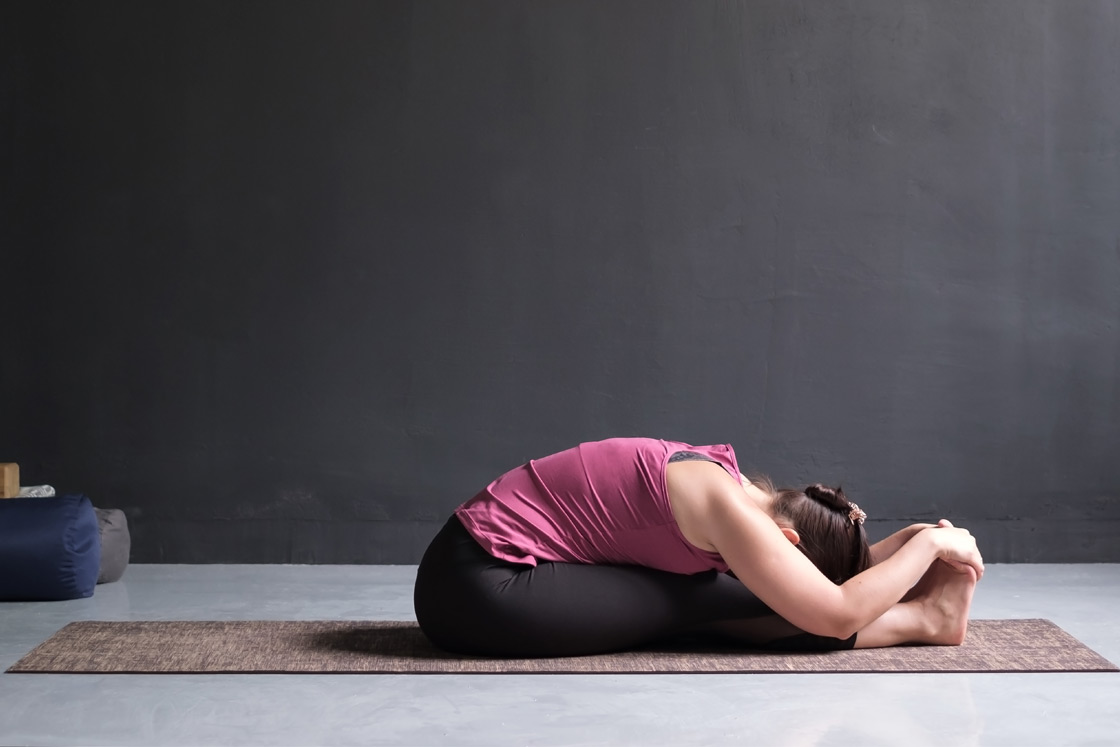
Twisting yoga poses contain rotating the backbone round its central axis. These actions improve the backbone’s pure vary of movement, stimulate the spinal nerves, and tone the stomach organs.
Twists are sometimes practised after deep ahead or backward bends to assist neutralise the backbone and launch any rigidity or blockages which will have constructed up throughout these actions. In addition they encourage higher digestion and enhance general spinal well being.
Frequent Ahead Bend Poses
8. Backbend Poses

Backbend yoga poses are the alternative of ahead bends. In these postures, the backbone arches backward, creating a gap within the entrance physique whereas strengthening the again. The arms and/or ft stay grounded, offering stability and assist.
These poses assist launch rigidity within the shoulders, chest, and higher again. In addition they enhance flexibility within the hip flexors and energise your complete physique. Common apply can improve posture, increase lung capability, and open the guts area each bodily and energetically.
Frequent Backbend Poses
9. Inversion Poses

In inversion poses, the top is positioned under the guts, which reverses the blood movement in the direction of the top. A few of these poses want power, stability, and common apply to grasp.
Turning the physique the other way up goes in opposition to its standard place, so the advantages are distinctive and highly effective. Headstand, a traditional inversion, is commonly known as the “king of all asanas” for its big selection of advantages.
Frequent Inversion yoga poses
Historical past of yoga poses(asana)
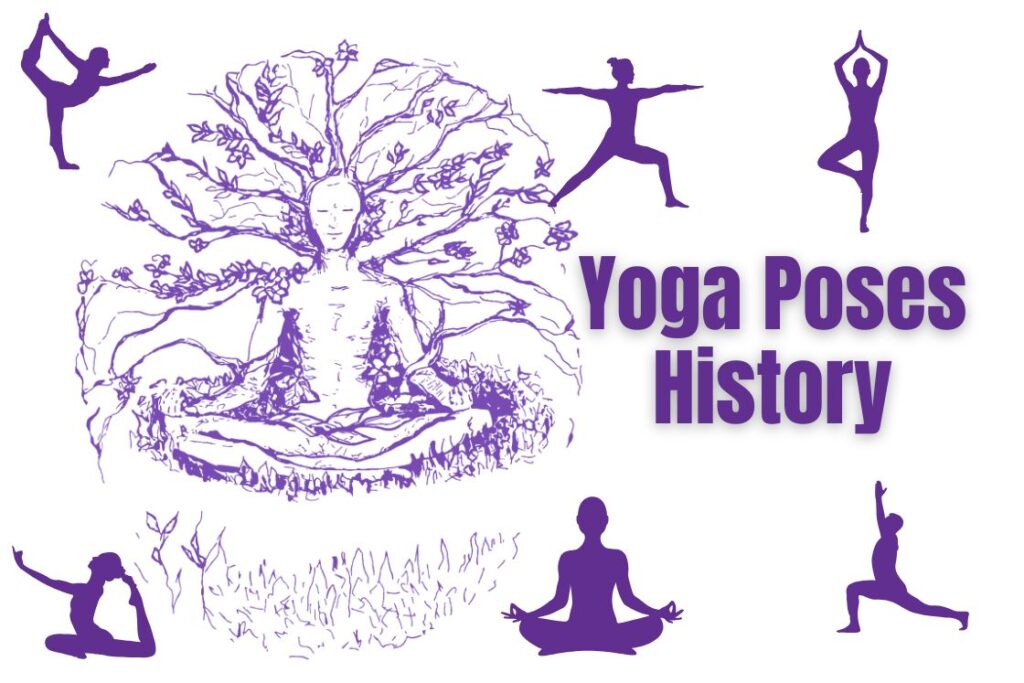
Yoga asanas have developed and been refined over hundreds of years. Whereas trendy yogis could effortlessly movement by complicated Vinyasa sequences, understanding the roots of those poses is efficacious for any honest practitioner.
The historical past of yoga asanas might be divided into 4 most important eras:
- Pre-Vedic Age of Asana
- Asana within the Vedic Texts
- Asana in The Yogic Texts
- Trendy Historical past of Asana
1. Pre-Vedic Age of Asana

The earliest proof of yoga postures dates again to round 2500–2400 BCE through the Indus Valley Civilisation.
One of the notable findings is the Pashupati Nath seal, which exhibits Lord Shiva (thought to be the God of Yoga) seated in a cross-legged meditation pose, much like Padmasana.
This seal means that the apply of asanas was already an necessary a part of religious life lengthy earlier than the Vedic interval. It displays yoga’s deep roots in historical Indian tradition, the place postures had been used for meditation and self-discipline.
2. Asana within the Vedic Texts
Within the yogic context, the phrase asana first appeared within the fourth Veda, the Atharva Veda (round 1500 BCE). The time period comes from the basis phrase aas, that means “existence”. On this sense, asanas weren’t simply bodily poses however a solution to develop a secure “state of existence” within the seeker.
Within the Bhagavad Gita, a part of the Mahabharata, asana is described as “sitting straight” in a cushty seat. The Mahabharata additionally mentions two particular asanas Mandukasana (Frog Pose) and Virasana (Hero Pose).
Later, texts just like the Visnudharmottara Purana and Brahma Purana (round 300 CE) listed a number of meditative postures, together with Swastikasana, Padmasana, and Ardha Padmasana.
3. Asana in Yogic Texts
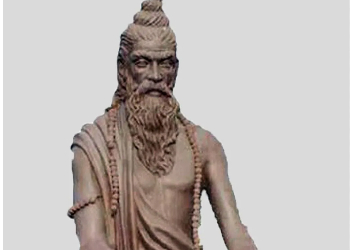
Over centuries, nice Yoga Gurus in India drew knowledge from the Vedas and Upanishads, compiling it into devoted yogic scriptures.
Amongst these, some of the influential and revered is Patanjali’s Yoga Sutras, composed across the 2nd century BCE.
Asana in patanjali’s yoga sutra
The Yoga Sutras of Patanjali is taken into account essentially the most full and systematic treatise on yoga ever written. But, whereas trendy yoga typically focuses closely on bodily postures, Patanjali devoted solely three verses out of 196 to the topic of asana. This implies postures kind nearly 1% of your complete work reminding us that yoga is way over the poses we apply on the mat.
Patanjali, typically known as the “Father of Classical Yoga,” defines asana in Chapter 2, Verse 46:
Sthira Sukham Asanam
- Sthira – Regular, secure, grounded
- Sukham – Snug, comfortable, peaceable
- Asanam – Posture
Interpretation:
After we first enter a pose, it typically feels difficult the physique resists, and stability takes effort. That is the sthira facet. With apply, the identical posture begins to really feel extra pure and easy — the sukham high quality emerges. The proper asana is a union of steadiness and luxury.
Within the very subsequent verse, Patanjali explains how this stability is achieved (Chapter 2, Verse 47):
- Prayatna – Effort
- Saithilya – Leisure
- Ananta – Infinite
- Samapatti – Merging into
- Bhyam – Each
Interpretation
At first, getting into a posture requires acutely aware effort (Prayatna). Step by step, we launch pointless rigidity (Śaithilya), permitting the physique to settle into its pure state. On this relaxed stability, the thoughts expands and merges with the infinite (Ananta), and we expertise the deeper pleasure and meditative high quality of the asana.
Asana in Hatha Yoga Pradipika
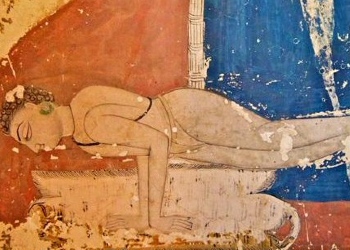
“Asana is the primary accent of hatha yoga which is practised to achieve steadiness in pose and lightness within the physique” – HYP 1.19
The Hatha Yoga Pradipika (HYP), written within the fifteenth century, is the oldest recognized textual content on Hatha Yoga. Whereas the phrase Hatha is commonly interpreted as “one thing achieved with drive,” the actual emphasis in Hatha Yoga is not only on flexibility, however on practising with consciousness and self-discipline.
On this custom, asana is taken into account the inspiration of Hatha Yoga. Postures are practised not merely for bodily power or suppleness, however to organize the physique and thoughts for deeper phases of yoga. The textual content highlights that steadiness and lightness within the physique are key objectives of asana apply.
4. Trendy Historical past of Asana
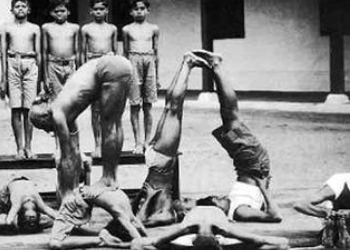
Most yoga asanas we practise at this time are pretty current in historical past. The fashionable type of asana began gaining reputation within the early twentieth century, led by T. Krishnamacharya, referred to as the daddy of recent postural yoga.
His teachings had been impressed by Patanjali’s Yoga Sutras and the therapeutic advantages of yoga. He developed sequences of physique actions coordinated with breath, now referred to as vinyasa movement.
Many trendy asanas hint their roots to Mysore, the place Krishnamacharya educated college students who went on to unfold yoga worldwide.
Origin of yoga poses
Some yoga postures emerged when India’s conventional train system (vyayama) blended with Western gymnastics. These trendy yoga asanas are lower than 200 years outdated. In distinction, conventional asanas have roots stretching again over 2,000 years lengthy earlier than Patanjali.
Examples from nature
Many asanas had been impressed by observing animals, crops, and pure phenomena:
- Cobra Pose (Bhujangasana): Impressed by the best way a cobra lifts its head to launch rigidity and show alertness.
- Tree Pose (Vrikshasana): Modeled after the steadiness of a tree, encouraging agency grounding by the ft.
- Solar Salutation (Surya Namaskar): A 12-pose sequence carried out in reverence to the solar, believed to have historical origins.
B.Okay.S. Iyengar defined that in practising asana, yogis remodel their our bodies into the shapes of animals, objects, or pure varieties absorbing their qualities and states of thoughts.
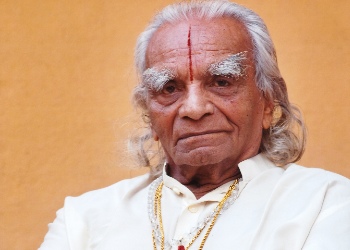
Yogi whereas practising asana transforms their physique into a particular type of completely different species or objects. This transformation makes them realise the frame of mind in these particular varieties. Therefore, In asana, we attempt to hone some consciousness from every kind of species or objects.
Why historical yogis found asanas ?
Early yogis discovered it tough to take a seat nonetheless for meditation as a result of poor posture induced discomfort, pulling the thoughts away from focus. Asanas had been developed to stabilize and put together the physique, creating a gentle seat for lengthy intervals of contemplation.
What number of yoga asanas are there?
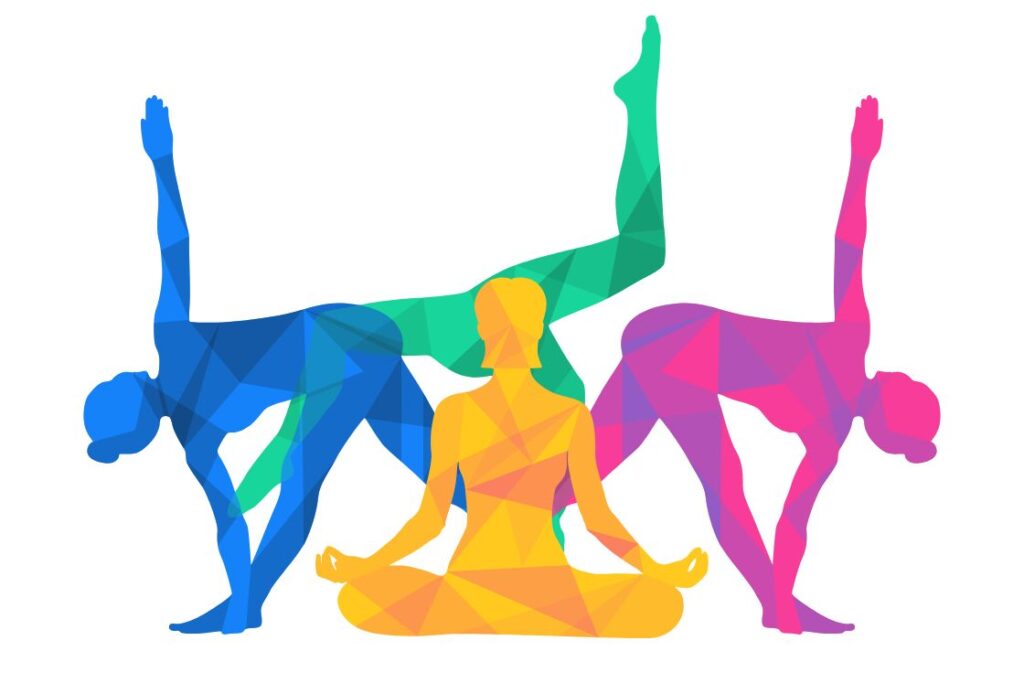
In yoga, it’s believed there are 84 classical asanas taught by Lord Shiva, in accordance with a number of historical texts. Whereas some scriptures record greater than 84, these are typically thought-about variations of the unique classical poses.
Why 84 asanas?
The quantity 84 is deeply symbolic in yoga and Hindu philosophy.
In Hinduism, it’s stated there are 8.4 million (84 lakh) species of life on Earth. A soul should go by these species within the cycle of delivery and dying earlier than attaining a human delivery (manushya yoni). Equally, a child within the mom’s womb is believed to go by 8.4 million delicate varieties earlier than being born after 9 months.
Making use of this to yoga, it’s stated the muscle tissue, joints, and physique components can transfer in numerous methods. Lord Shiva gave 8.4 million attainable actions, however to make them sensible for human life, one pose was chosen for each 100,000 species.
That’s how we get the 84 classical asanas:
8,400,000÷100,000=84
The variety of asanas in accordance with the assorted well-known yogic textual content is the next:
1. Based on Yoga Sutra
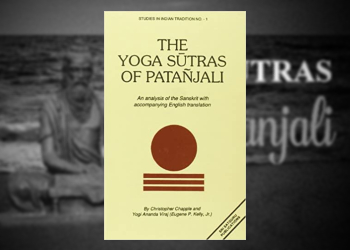
Variety of Asana – Not Outlined
Creator – Patanjali
Present in – 2nd Century BCE
Patanjali, the daddy of yoga, didn’t point out the title of any asana in his well-known guide ‘Yoga Sutra’. Certainly, yoga sutra contains three asana verses in chapter 2, which elaborates the mandatory aspect of an accurate seated posture.
Afterward, commentary on Yoga Sutra by Bhasya urged 12 seated yoga posture for meditation apply.
- Padmasana – Lotus Pose
- Virasana– Hero Pose
- Bhadrasana / Baddha Konasana – Gracious Pose
- Svastikasana– Auspicious or Cross Pose
- Dandasana– Workers or Base Pose
- Sopasrayasana – Supported Pose
- Paryankasana – Sofa Pose or Mattress Pose
- Krauncha-nishadasana – Seated Heron Pose
- Hastanishadasana – Seated Elephant Pose
- Ushtranishadasana – Seated Camel Pose
- Samasansthanasana – Evenly Balanced Pose
- Sthirasukhasana – Any immobile posture that’s following one’s pleasure ?
2. Based on Goraksha Samhitha/Goraksha Paddhathi
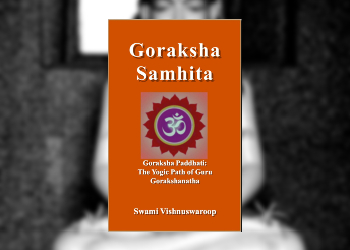
Variety of Asana – 2
Creator – Gorakshanatha
Present in – 11th Century
An early Hatha yogic textual content, Goraksha Samhita, acknowledged 84 varieties of asanas. These 84 asanas are thought-about to be extracted from the unique 8.4 million (84 Lakh) asanas. Out of 84 acknowledged asanas, Goraksha Samhita describes solely two meditative sitting postures intimately.
3. Based on Shiva Samhitha

Variety of Asana – 4
Creator – Unknown
Present in – 15th Century
Shiva Samhitha acknowledged 84 asanas together with Prana, mudras, and siddhis (powers). Additional description of the next 4 sitting asanas is there in Shiva Samhitha.
- Siddhasana – Completed Pose
- Padmasana – Lotus Pose
- Ugrasana – Stern Pose
- Svastikasana – Cross Pose
4. Based on HYP
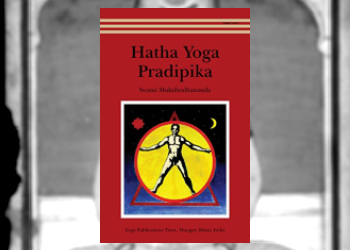
Variety of Asana – 15
Creator – Swami Svatmarama Suri
Present in – 15th Century
One amongst three most influential texts on hatha yoga (Different 2 being Gheranda Samhita and Shiva Samhita), HYP has described 15 asanas out of 84 intimately.
- Swastika asana – Auspicious Pose
- Gomuka asana – Cow Face Pose
- Virasana – Hero Pose
- Kurma asana – Tortoise Pose
- Kukkuta asana* – Rooster Pose
- Utttana Kurma asana – Upside-Down Tortoise Pose
- Dhanurasana* – Bow Pose
- Matsyasana – Fish Pose
- Paschimottanasana – Seated Ahead Bend
- Mayurasana* – Peacock Pose
- Savasana* – Corpse Pose
- Siddha asana – Completed Pose
- Padma asana – Lotus Pose
- Simha asana – Lion Pose
- Bhadra asana – Gracious Pose
Additional, out of 15 above asanas described in HYP, 11 asanas are solely sitting postures for apply meditation (asanas with out the asterisk).
5. Based on Gheranda Samhita
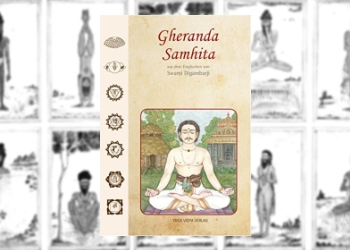
Variety of Asana – 32
Creator – Gheranda
Present in – 17th Century
Out of 84 preeminent asanas, Gheranda described 32 asanas that are stated to ‘helpful on the planet of mortals’. Some out of those 32 asanas have already described in HYP.
6. Based on Hatha Ratnavali
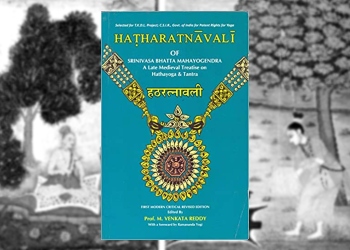
Variety of Asana – 84
Creator – Srinivasa
Present in – 17th Century
Yogi Srinivasa has made first try and record all of the 84 asanas in Hatha Ratnavali. Though the title of all 84 asanas is supplied in his textual content, solely 52 out of 84 described by the textual content itself.
7. Based on Joga Pradipika
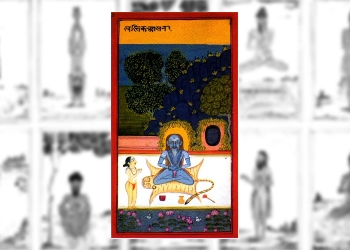
Variety of Asana – 84
Creator – Ramanandi Jayatarama
In – 1737
In Joga Pradipika, 84 asanas illustrated in portray kind reasonably than any verbal description. With Joga Pradipika, it got here to know the primary time that many of the asanas amongst 84 asanas are sitting postures and practised to carry therapeutic advantages.
8. Based on Gentle on Yoga
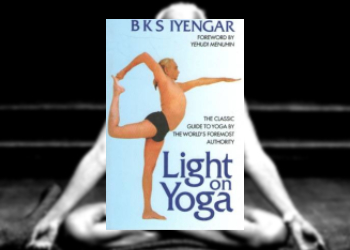
Variety of Asana – 200
Creator – B.Okay.S Iyengar (Guru Ji)
In – 1966
Founding father of Iyengar yoga type, Guru Ji has demonstrated 200 asanas together with his 600 monochromes images in his guide “Gentle on Yoga“. These asanas have categorised right into a grading system of 1 to 60 based mostly on issue. ‘Gentle on Yoga’ also referred to as ‘bible’ of yoga, as asanas had been by no means demonstrated on this descriptive means earlier than.
9. Based on Grasp Yoga Chart
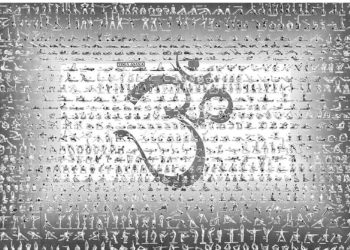
Variety of Asana – 908
Creator – Dharma Mittra
Based in – 1984
Grasp yoga chart contains 908 yoga asana devoted by Sri Dharma Mittra to his Guru Yogi Gupta. This chart is often hung round completely different yoga studios world wide to assist the lecturers and college students in asana apply.
Advantages of yoga asana
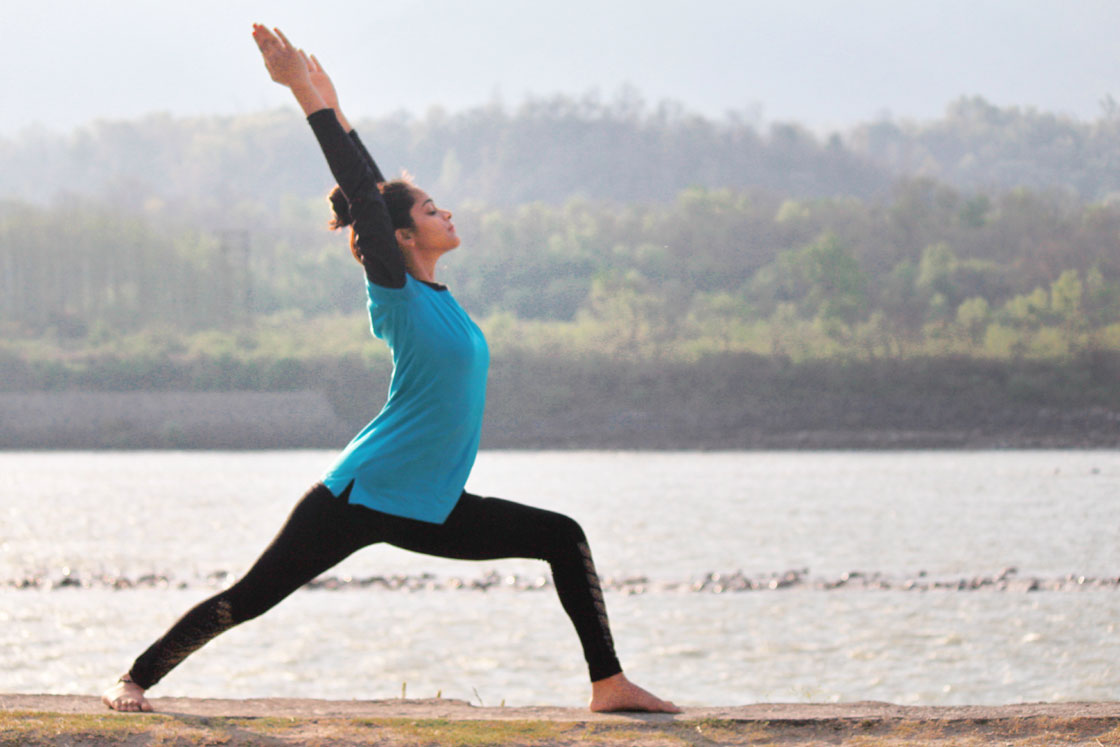
Asanas are a core a part of yoga that assist enhance each bodily and psychological well being, enhancing general high quality of life. Whether or not it’s bodily points like again ache, muscle stiffness, and joint discomfort, or psychological challenges reminiscent of nervousness and despair, common asana apply can assist restoration and well-being.
Listed here are some evidence-based advantages of practising yoga asanas:
1. Promotes muscle tissue and joints flexibility
Standing yoga poses like Mountain Pose and Half Moon Pose are recognized to enhance joint motion and muscle flexibility. Higher flexibility helps stop aches and stiffness within the joints.
Common asana apply additionally protects in opposition to circumstances reminiscent of arthritis, osteoporosis, and again ache. It is because yoga entails transferring the joints and muscle tissue by their full vary of movement, preserving them wholesome and robust.
2. Improves respiratory system
Yoga asanas mixed with deep, conscious respiratory are glorious for strengthening the lungs. Once you practise sitting asanas with managed respiratory, the lungs develop into extra elastic and performance higher.
Sitting and supine yoga poses with yogic respiratory are particularly useful for folks with bronchial asthma or continual obstructive pulmonary illness (COPD). These practices assist enhance each the capability and adaptability of the lungs, making respiratory simpler and extra environment friendly.
2. Reliefs from stress and nervousness
Yoga asanas assist chill out the physique by holding it in particular positions. After we chill out, deep and targeted respiratory fills our lungs with contemporary oxygen. As we stretch or bend in a pose, this oxygen circulates shortly by the physique, nourishing the interior organs. This course of additionally helps calm the adrenal glands, lowering stress.
A pilot examine discovered that practising asanas can improve mind GABA ranges. Larger GABA ranges are linked to diminished signs of despair and nervousness.
A number of the finest asanas for stress and nervousness reduction embody Savasana (Corpse Pose) and Balasana (Youngster’s Pose).
3. Improves Bodily stability
Asanas are all concerning the physique’s place and alignment. Some are practised standing, others sitting, and a few mendacity down.
When holding an asana, practitioners typically focus their gaze on a single level whereas sustaining the identical posture for an prolonged time. This regular focus, mixed with the bodily effort of holding the pose, helps enhance the physique’s stability and stability.
4. Brings equanimity of thoughts & physique
The human thoughts is commonly stressed, swinging like a pendulum between the previous, current, and future, and between sorrow and happiness. This instability may give rise to concern, nervousness, and anger.
Whereas practising asanas, the thoughts focuses on the current posture reasonably than wandering to the previous or future. This regular focus aligns the thoughts with the physique, creating a way of stability and calm in each
Yoga Asanas FAQs
Reply: As we all know yoga poses are primarily emphasised on the physique, reasonably than the thoughts and different psychological elements. Historical yogis positioned asanas earlier than pranayama and meditation (thoughts practices) so one can grasp their physique first after which understanding the thoughts develop into means less complicated.
Reply: Frequent contraindications for yoga poses are, bronchial asthma, again harm, diarrhea, hypertension, menstruation, being pregnant, and shoulder harm. Nonetheless, you may all the time apply poses with some modifications below the steerage of an knowledgeable instructor.
Reply: yoga sequence of poses begins with sitting (meditative) posture, then warm-up stretch, standing postures, few arm balancing, inversions, core strengthening poses, backbend, shoulder stand, ahead bend, and at last finish the session by enjoyable in corpse pose.
Reply: It completely will depend on how a lot time you may commit to your apply. In the event you haven’t a lot time, do 4 rounds of the solar salutation because it entails virtually all physique components. In Best circumstances, a session ought to comprise 13-15 yoga poses within the method described above (contains all varieties of yoga poses). Every yoga pose might be held for a median length of 3-5 minutes, which makes a session round 1 hour lengthy.

